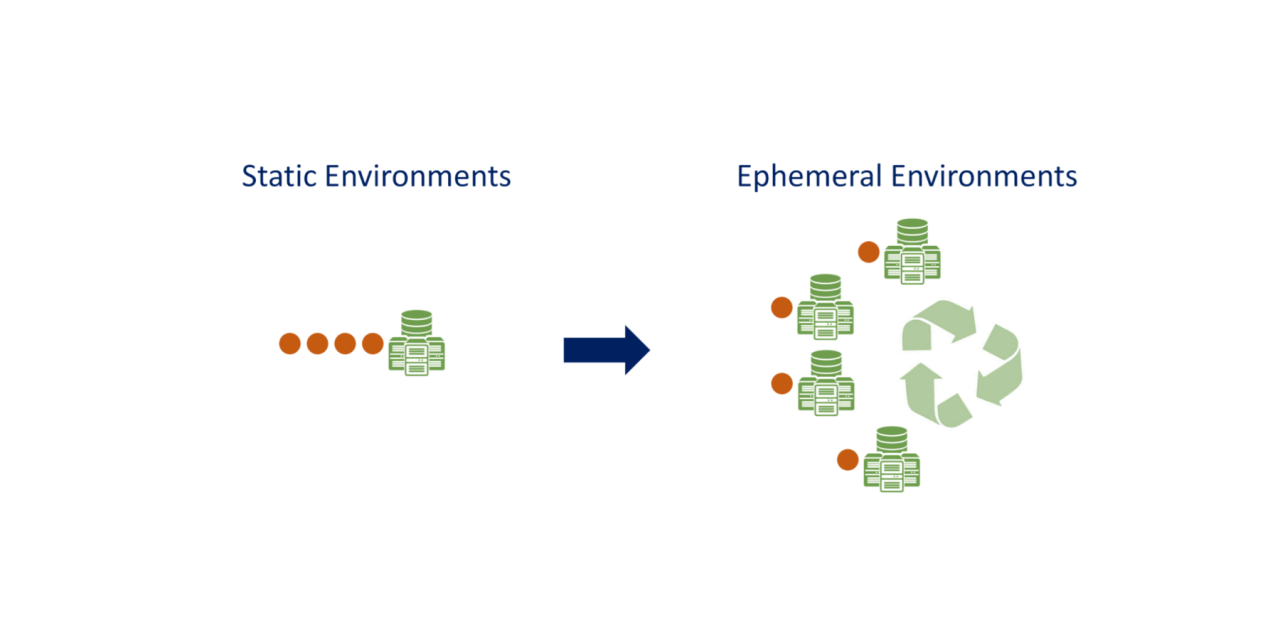By: Jim Azar, Sr. Vice President, CTO
Can functional and non-functional testing co-exist? Why not, if the goal is to get excellent software at the end of the funnel.
Any software development journey is incomplete without the vital phase of testing. In testing, many aspects of the software are checked against a set of criteria relevant to a goal. It is broadly divided into two parts – functional and non-functional testing.
Test for function
Functional testing checks the application’s worthiness for a specific set of functionalities that it has been created for. It is tested for the output against the input. It is where a user’s main expectations or the ‘what’ of an application is assessed.
Functional testing is normally executed in a non-production environment. Developers, users, and data engineers handle it. It is generally done manually. Core types of functional testing include unit testing, component testing, integration testing, user interface testing, etc.
Test for performance
Now, think about the other part of the testing spectrum. Non-functional testing is where the ‘how’ of an application is checked. We get to know whether the software will work on the adjacent criteria surrounding the functionality part. This can be an excellent way to check dependencies, network issues, other applications’ impact, and production-environment aspects of any application. A chief type of non-functional testing is performance testing.
Performance testing is where the application is evaluated for questions like,
- Does it work at the speed expected of it?
- Will it be able to bear a particular workload?
- Will it be able to handle if the workload spikes or scales down suddenly?
- Will it be able to perform under stress and endure consistent load-increases?
- Will it be secure from loopholes and bugs?
- Will it work in an actual business scenario?
Thus, we can categorize performance testing into speed testing, load testing, endurance testing, stress testing, etc. We can get to know the basic performance of any application for areas like speed, stability, robustness, reliability, and availability. It is usually done in a near production or actual user environment. It is done with developers, users, database and network engineers, and UX experts. It is often automated.
Both together?
Now, that we know what these two tests are, let us consider conducting these tests simultaneously. In today’s agile and digital landscape, the ways of traditional software delivery and testing do not meet modern expectations. Applications do not have the luxury of being tested for days and by different teams. It is the world of DevOps, scrums, continuous integration, and continuous delivery.
Thus, it is not just feasible, but also beneficial, to conduct these two types of tests in a manner where the functional aspects are tested in a real environment. We need to know whether a specific user requirement is met under actual workloads, real stress, and dynamic factors. It cannot be checked in controlled conditions where actual variables are not adequately accounted for.
It is better to conduct these two tests simultaneously so that we can evaluate,
- Overall software quality
- Readiness for production set-ups and factors
- Deployment agility
- Confidence in the reduction of support tickets and rework
- Costs and wastage on iterations
- Behavior of interdependent applications
- Control over live implementation
- Identification of performance bugs, dependencies, and risky assumptions early on
- Strength and coverage for crucial bugs and improvements
- Final application confidence and experience
- Comprehensive capabilities
- User satisfaction
Today, a host of tools, cloud-features, and automated approaches allow this to happen without unnecessary costs, redundancy, delays, and complications. Professional consulting service providers can help with the elasticity and flexibility of modern testing with the right automation. Make sure that the software runs well in the lab and the actual world out there – as intended. No second guesses here.



